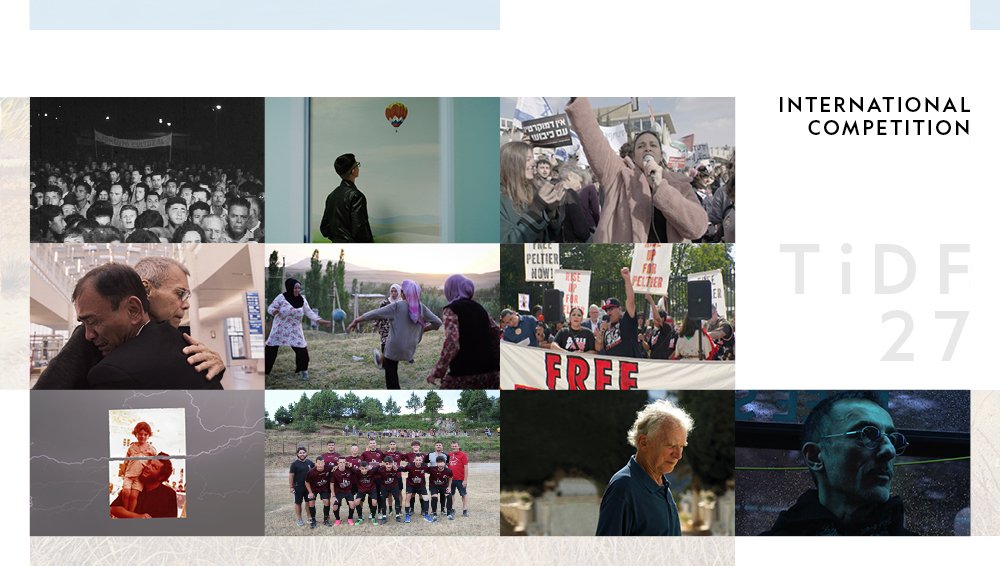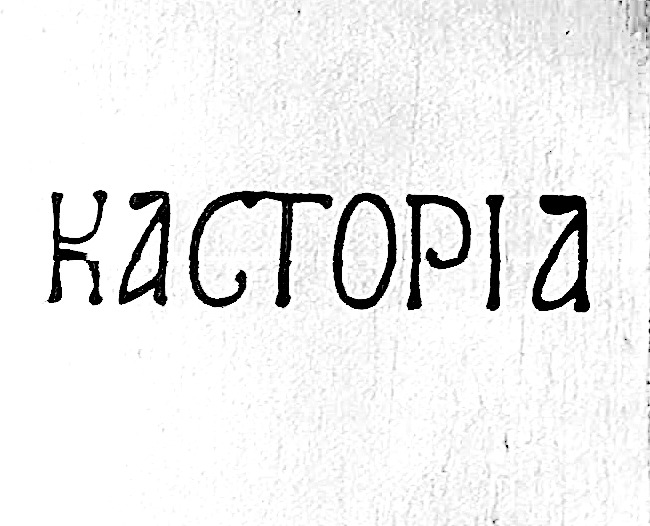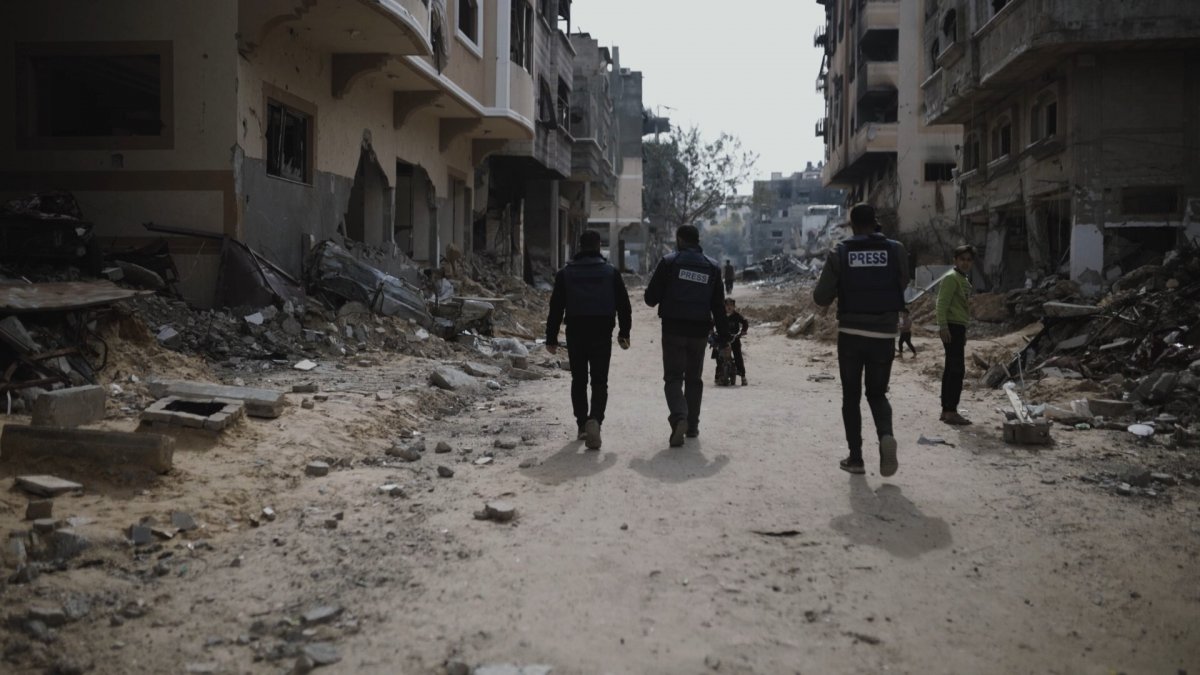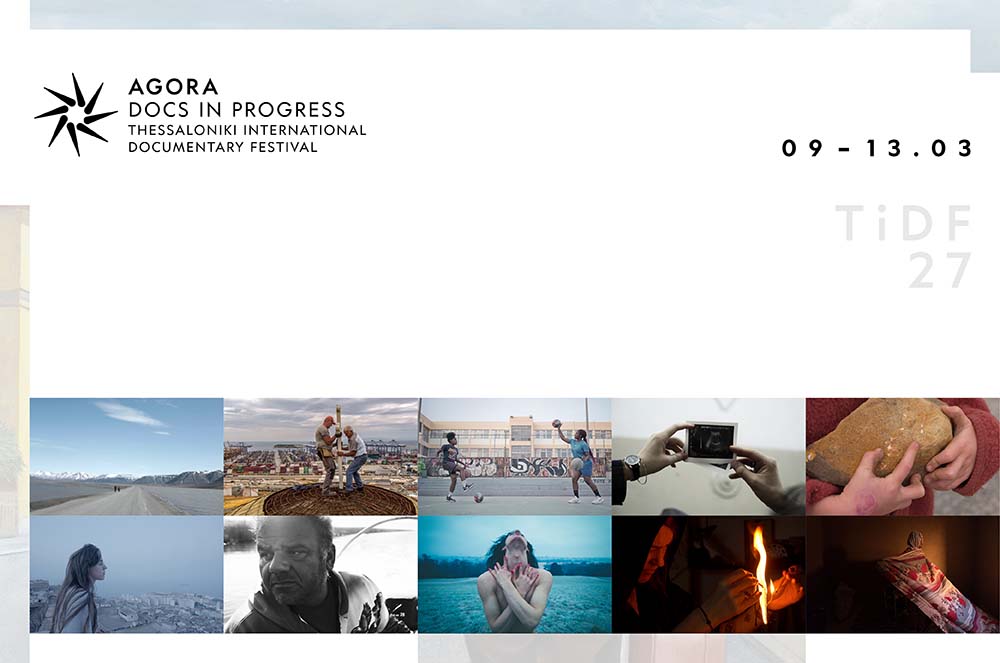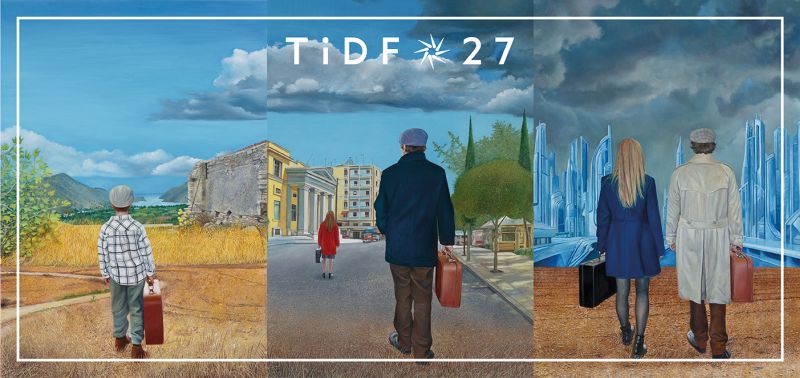This year the 44th Thessaloniki International Film Festival has decided to dedicate a large portion of its program to Asian cinema with 27 feature films, documentaries and short films. In the pres conference given today, Thursday, November 27th, the Director of the Thessaloniki Film Festival, Michel Demopoulos, presented three directors whose films participate in the tribute titled “Stars of the Steppe”: “In recent years, a solitary but extremely interesting cinema has developed in central Asian countries. In comparison to the cinema of other countries it is completely unknown in Greece, and this is one of the reasons that this year the Festival decided to have this special tribute”.
Vincenzo Bugno, who selected the films, explained that the tribute, in the framework of the Thessaloniki Film Festival is much more complete than the recent respective tribute in Trieste, because of some of the rare films being screened. “The first impression one gets when viewing films from central Asia is that they seem exotic without necessarily, though, seeing foreigners”.
Kazakhstan
Two of the directors who participated in the press conference, Ermek Shinarbaev and Satybaldy Narimbetov, from Kazakhstan, spoke about the problems they face in their country: “Most films shot in Kazakhstan are co-funded with France. It’s therefore rather difficult to make films in Kazakhstan. There are many directors but the funding is scarce”, said Shinarbaev. Ermek Shinarbaev added that these problems are common to neighboring countries as well. “Kazakhstan and its neighboring countries have very limited film production. However, we directors continue to develop despite the absence of funds”.
Abikeyeva Gulnara, a major film critic in Kazakhstan also spoke about cinema in central Asian countries. As she said, “In the ten years since the liberation of Kazakhstan, 88 feature films were produced, most of them action movies. Problems might exist, however, half of the films have participated in international film festivals and were awarded. 1993 was a defining moment in Kazakhstan’s cinema, in the sense that 15 films were made. Since then, though, production has decreased, until 1998 when only one film was shot. Today, on average, 5-6 films are shot in Kazakhstan 3 of which receive international awards”.
Kyrgyzstan
“The situation in Kyrgyzstan is much worse than in Kazakhstan. Directors are consistently trying to find investors from France, Japan and less frequently from Holland and Switzerland”, said Aktan Abdykalikov from Kyrgyzstan. Aktan Abdykalikov spoke about the situation in his country saying that, “Nowadays, there are numerous incidents in Kyrgyzstan, as well as in the wider region of Central Asia that are worth being dealt with not only by cinema, but from every form of art. However, my theory is that I must wait for some time to pass in order to better narrate these events”.
Perestroika products?
The directors were asked if they consider themselves products of Perestroika. This is what they had to say: S. Narimbetov: “I began working under the Soviet regime. Fortunately for the young generation, today all sorts of banning have disappeared. I don’t see myself as a product of Perestroika. I just wanted to be a part of the new order of directors which is why I am here today”. A. Abdykalikov: “My career in cinema began during the Perestroika. The special thing about me is that I was never educated in what I do, however, -I dare to say- that I am the most prominent cinematographer in Kyrgyzstan. Kyrgyzstan had a school of cinematography before Perestroika -which was a very strange thing- and people called it the Kyrgyzstan miracle. However, many of my older colleagues are now involved with politics”.
“I address an international audience”
After an absence of ten years from cinema, Ermek Shinarbaev explained that he is now working on a script based on a French novel: “After 10 years of being silent, I thought that something had changed in my country that forced numerous directors to abandon cinema. I reached the conclusion that since under these circumstances the audience in central Asia is in general unable to comprehend cinema as a form of art, I had to approach the French, and so, my films address an international audience”.




